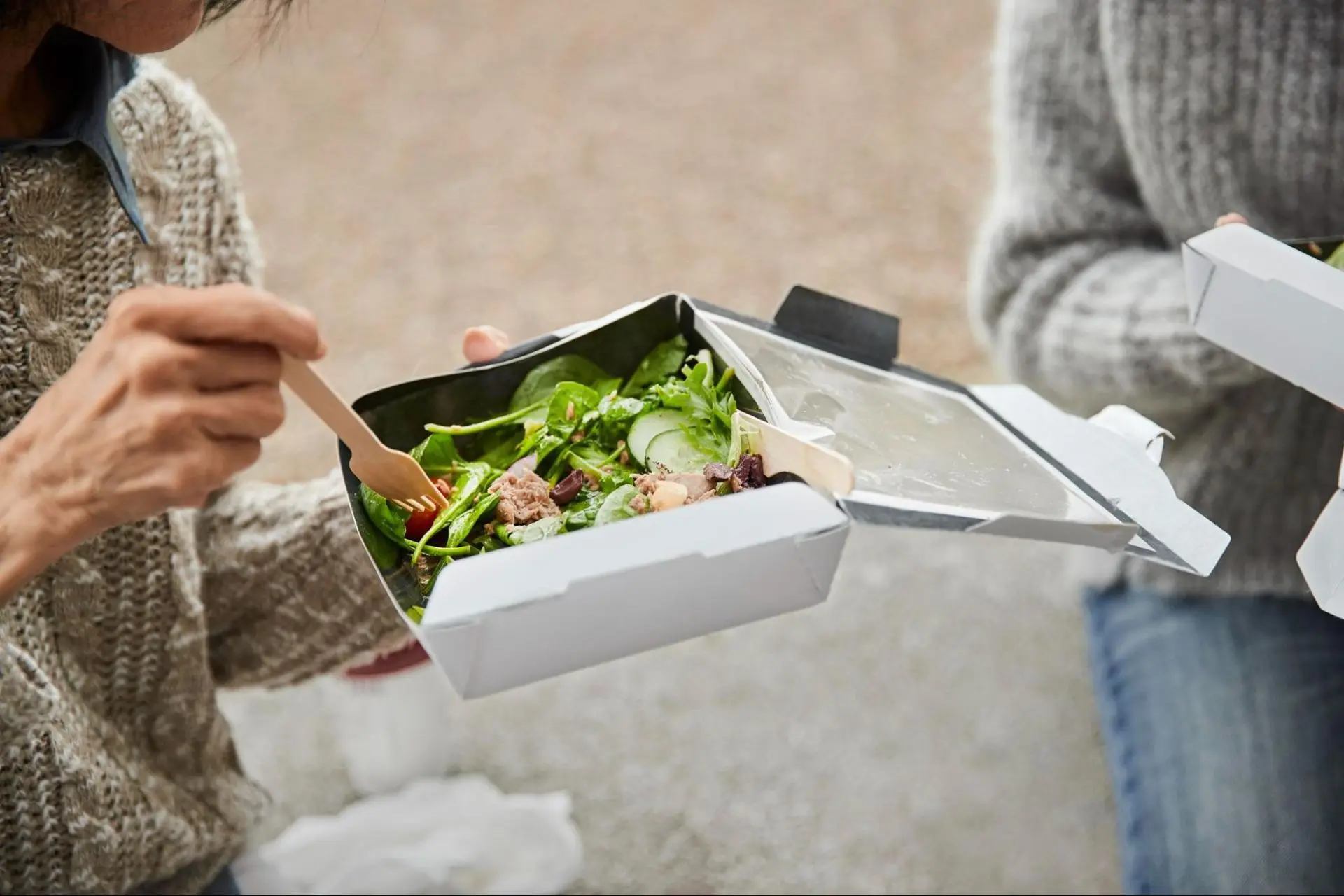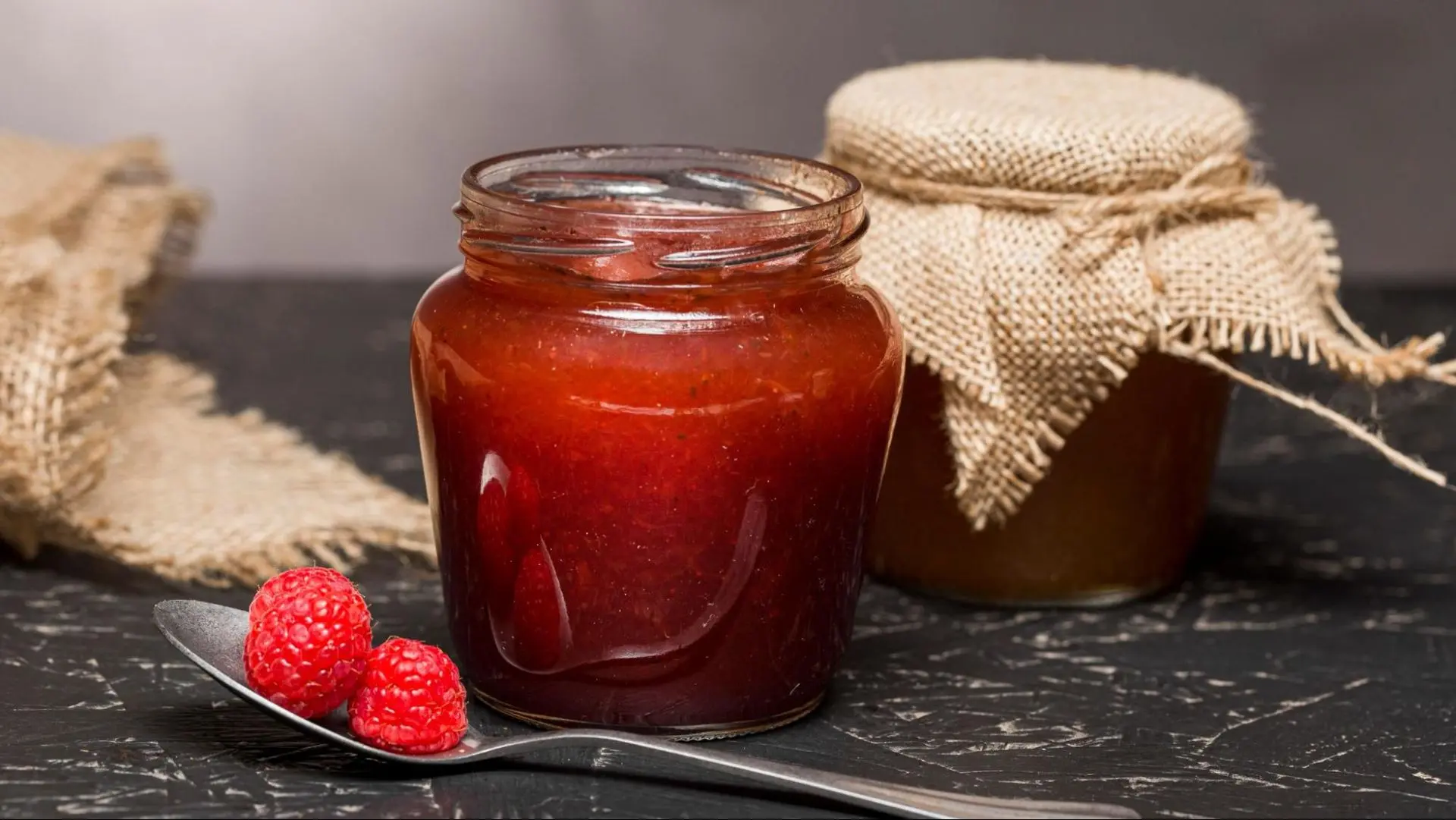The food and beverage industry is undergoing a significant shift as more and more brands are ditching plastic packaging for reusable glass ones and proudly displaying sustainability certifications on their packaging. Businesses have started rethinking the way they package their products as consumers are becoming increasingly aware of their environmental impact.
According to research, 73% of global consumers are willing to pay additional amounts for sustainable products. Eco-friendly packaging has taken over the world and no matter what business you’re in, you’ll have to get on board with sustainability, if you want to stay relevant. With regulatory bodies introducing stricter guidelines, the shift to sustainable and eco-friendly packaging is not just a trend anymore, it’s a fundamental change and the need of the hour.

What is Eco-Friendly Packaging?
Eco-friendly packaging is designed to minimize negative impact on the environment, throughout its entire life cycle. It all comes down to choosing the right materials and paying attention to where you’re sourcing these materials from, how you’re transporting them, and how they will be disposed of. Some key characteristics of eco-friendly packaging are:
- Made from recycled, sustainable, and renewable materials
- Easily recyclable and compostable after use
- Made by using less energy
- Does not contain harmful toxins and chemicals
- Durable enough to reduce breakage and waste
Customers are actively looking for brands that place importance on sustainability, particularly with the increased awareness of the environmental impact single-use plastics and excessive packaging create. This is the reason they are also willing to pay extra for sustainable packaging. It means that getting the right materials and making the transition to sustainable food packaging isn't only moral but it's also beneficial for the company.
What actually differentiates sustainable packaging from the normal one is not only what material is used to create it, but the way the whole process is actually thoughtful. A sustainable approach makes sure that once packaging has been used and the time has come to throw it away, it does not disturb our environment and can be recycled to create new products.
Understanding What Makes Packaging Truly Sustainable
Real eco-friendly is more than just using a glass bottle for your product. It ticks more boxes than most people think. Firstly, it starts with materials that either come from renewable sources or have been recycled from something else. It also needs to be practical enough that people will actually use it. The best way to describe eco-friendly food packaging is to think of it as packaging that works with nature rather than against it.
The materials you use for your sustainable packaging matter enormously. This is where the glass comes in. It hits almost every mark perfectly as it can be recycled endlessly while maintaining its safety properties. Compare that to plastic, which gets a little more degraded in quality every time it goes through the recycling process. Plastic is bound to end up in a landfill or an ocean as after a few cycles, it becomes unusable, eventually causing environmental harm.
However, there's a lot more to sustainable packaging than just materials. The transportation cost, energy used during production, and disposal all factor into whether the packaging is genuinely sustainable or just has a green leaf label on it. Modern sustainable food packaging solutions protect food quality just as effectively as conventional options while offering additional benefits like better flavor preservation and chemical-free storage.
Why Glass Leads the Sustainable Packaging Revolution
Glass has emerged as the gold standard for eco-friendly packaging. Even though it has been around for thousands of years, it’s still one of the most advanced packaging materials when it comes to sustainability and food safety.
What makes glass perfect for eco-friendly food packaging isn't just its recyclability, though it’s a huge factor no doubt. It's also completely inert, meaning it doesn't interact with whatever food you store in it. This ensures that your food tastes exactly like it's supposed to taste and not like the container it came in. Some key properties of glass that make it the top contestant in sustainable packaging include:
1) Recyclable
Glass packaging offers unmatched recyclability which means it can be repurposed and reused again and again, without losing quality.
2) Non-Toxic
Glass is completely inert which means it doesn’t contain harmful materials and it does not react with chemicals, providing an excellent barrier against air and moisture.
3) Reusable
You will rarely see someone throwing away a glass bottle. It can be used in so many different ways, you can make it a vase, and a storage jar, or use it to plant a small money plant.
4) Aesthetic Appeal
Glass always looks high-end and luxurious which means that it can instantly give your brand an uplift, enhancing your brand’s image and identity.

Consumer Preferences Are Driving Real Change
Walk through any grocery store and you'll see the evidence everywhere. Brands that used to rely entirely on plastic packaging are switching to glass for their premium lines. They're responding to what customers actually want.
The psychology behind this shift is fascinating as people have started associating the packaging with product quality. Glass packaging signals premium quality and makes the products look more natural whereas, plastic packaging increasingly signals processed and cheap.
Another big factor in driving this change is social media. People love photographing their food, their kitchen organization, and their sustainable lifestyle choices. Glass containers always look picture-ready and Instagram-worthy in ways that plastic just cannot.
Transitioning to Eco-Friendly Packaging
If you’re thinking about switching to eco-friendly packaging, it’s best to start small. Test new glass packaging on any of your flagship products or on a seasonal or promotional release. It’s also important to educate your consumers about the benefits of eco-friendly food packaging, you can use your website or social media accounts to share the story of why you’re transitioning and how it will impact the environment. This will not only allow you a chance to hear the thoughts of your customers regarding the switch but also promote your brand as one that cares about the environment, enhancing your brand image.
It is also important that you do proper research before you pick the design you want because sustainable packaging shouldn’t just be sustainable, it also needs to be practical. A lot of times companies launch eco-friendly packaging that’s so fragile and inconvenient that customers give up on it within weeks. A great example of this is how all companies haven’t been able to get paper straws right, most of these straws become soggy and soft before you’ve finished your beverage.
Start by working with local suppliers to reduce transportation costs and reduce transport emissions as well. This will cost you less and allow you to support local economies. You can also give ideas to your customers about how they can repurpose their jars and bottles, encouraging them to reuse the packaging.
It’s best to use widely accepted glass types for your packaging and avoid complex labels to make recycling easier and less overwhelming for customers. Consider a gradual rollout rather than switching everything at once. This will allow you to evaluate customer response and make changes accordingly.

Eco-Friendly Food Packaging is the Future
Eco-friendly food packaging is all set to become the new norm rather than an exception. The variety of innovative and eco-friendly options allows food and beverage companies to make informed choices that will benefit their business and significantly reduce their environmental footprint. However, it’s a no-brainer that glass will play a leading role in this transition to sustainable packaging.
We specialize in crafting glass packaging solutions that are sustainable as well as stylish. Whether you’re a food brand or a beverage company, our experts can help you bring your vision to life. Contact us today to book a consultation and get started on your journey toward sustainability.